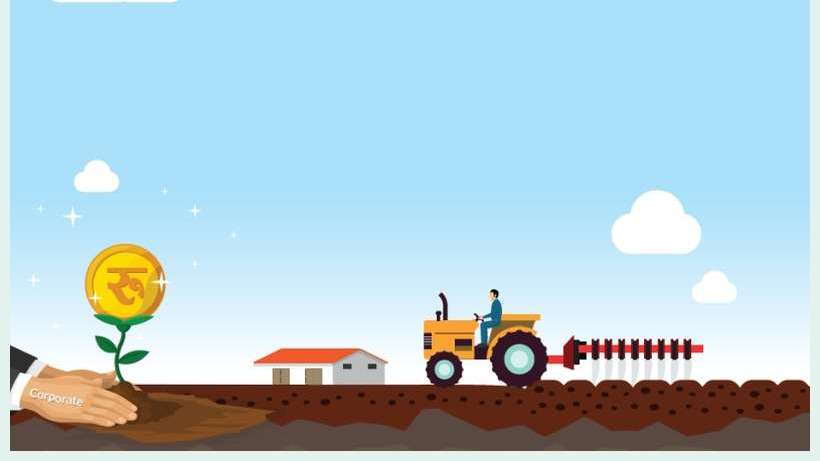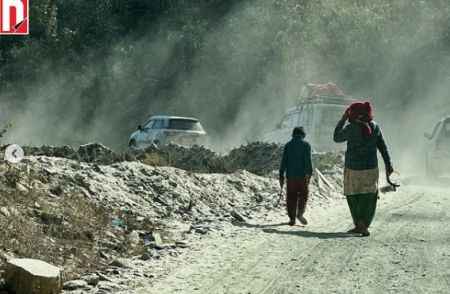Recent data released by the National Statistics Office has laid bare the sorry state of the agriculture sector in Nepal. Although 62% of households depend on agriculture, only 45% of farming families can sustain themselves throughout the year from their own produce, shows the findings of 7th National Agricultural Census released recently by the National Statistics Office.
The number of families that can sustainably feed themselves year-round has increased by a mere 5% in the past decade despite significant government investments in agriculture.
The findings necessitate the need for a review of agricultural policies and plans and change. A new roadmap is required for the development of agriculture.
Over the 10-year period, the percentage of households relying on agriculture has dropped from 71% to 62%. Worryingly, 55% of these agricultural households cannot provide themselves with two meals a day throughout the year. This points to a significant failure in the country's agriculture program and raises questions about food security.
While the findings show some improvements in agricultural production and productivity, Nepal's dependency on food imports continues to grow. Despite government efforts and the slogan of self-sufficiency, around 2,274,000 families have either migrated abroad for work, engaged in other businesses, or are struggling to make ends meet. In a situation where Nepal's agriculture is not commercial for subsistence, 45% of the population struggling to feed themselves paints a bleak picture of food security in the country.
The declining population dependent on agriculture is a global trend. While agriculture's contribution to the economy is dwindling, the industry and the service sectors are playing a more significant role. Agricultural production within Nepal is insufficient, posing challenges for the food processing industry. One reason for this is the negative perception of agriculture among the public, leading to educated individuals leaving farming and more young people seeking employment abroad.
Moreover, production is increasing while agricultural land continues to shrink. This indicates improved farm productivity. However, Nepal's agricultural productivity still lags behind countries like India and China. Rising farming cost is another concerning issue as some farmers are abandoning agriculture because their production fails to even recover cultivation costs.
On the other hand, rapid urbanization is leading to fragmentation of arable land, while farmlands are being converted into residential plots. Although the government initially banned land fragmentation and introduced land classification policies, these measures were relaxed citing pressures on the economy.
Nepali farmers face challenges accessing irrigation, seeds, and fertilizers on time. These essential farm inputs have become scarce for farmers as the private sector's involvement in this business is restricted. Irrigation facilities are often inadequate, forcing farmers to rely on erratic rainwater. Because of this, crop yields are often disappointing despite using improved seeds provided by the government.
While the government provides subsidies and grants for farmers, these benefits often do not reach those in need. Such funds are siphoned off by intermediaries. The migration of the agricultural workforce has also contributed to a lack of manpower and the decline of traditional farming practices in rural areas. Traditional farming practices have ceased to exist in many remote areas due to lack of animal husbandry.
Nepal's agriculture finds itself in a state that is neither traditional nor commercial. This is primarily due to the failure to implement agricultural policies tailored to the country's unique conditions. Foreign grants and aid-funded agricultural policies have failed to effectively address Nepal's agricultural challenges.
It is, therefore, crucial to urgently revamp Nepal's agricultural policies, strategies, and programs to bring about fundamental changes. The data from the National Statistics Office shows that food insecurity will continue to worsen if immediate steps are not taken to revive agricultural production and productivity.






















